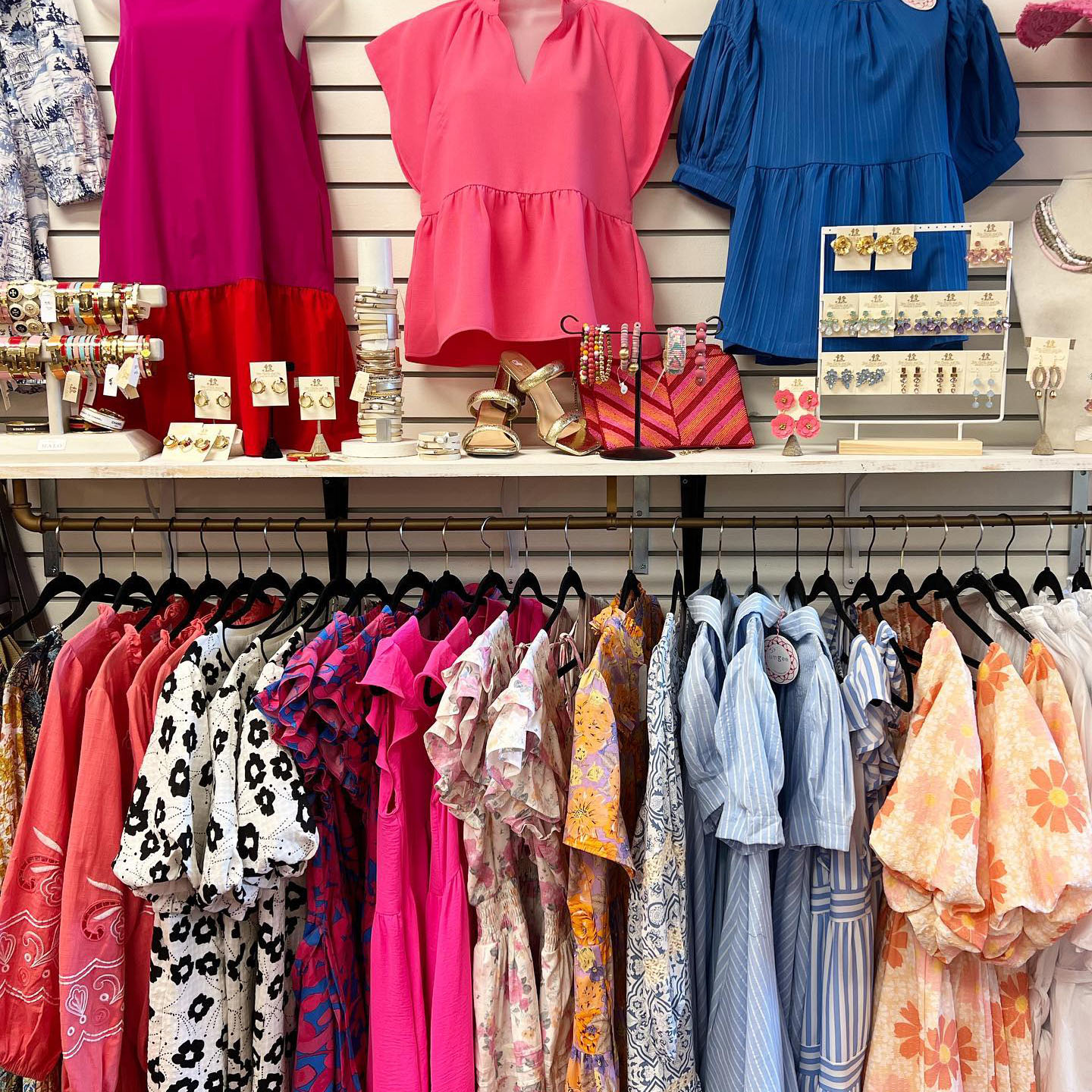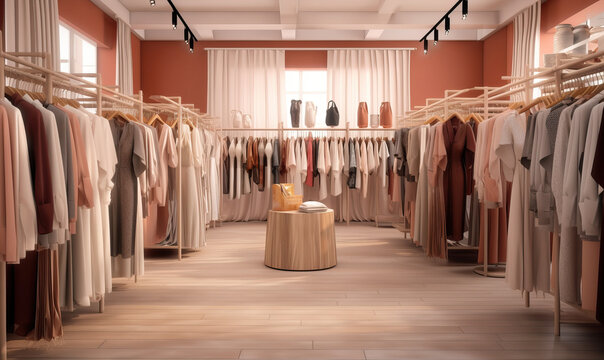Just how to Style Your Outfits with Boutique Fashion Locates
Just how to Style Your Outfits with Boutique Fashion Locates
Blog Article
Exploring the Advancement and Effect of Clothing on Modern Style Trends
The development of clothing has actually considerably affected modern-day style trends, combining historic criteria with advanced developments. Renowned numbers like Coco Chanel and Yves Saint Laurent changed the fashion sector by presenting principles that focus on convenience and accessibility, which proceed to resonate today.
Historical Fashion Influencers
In the tapestry of fashion background, certain figures have left an indelible mark, shaping the patterns and styles that specify whole periods. Coco Chanel, an innovative designer, redefined ladies's fashion by presenting comfortable, stylish garments that departed from limiting bodices.
Elsa Schiaparelli is another pivotal number, renowned for her avant-garde styles that included surrealist art, teaming up with Salvador Dalí to produce whimsical items that tested traditional aesthetic appeals. Her innovative use shade and strong patterns reverberates in modern fashion. Yves Saint Laurent, on the other hand, equalized haute couture with prêt-à-porter collections, bringing runway styles to the masses and establishing a criterion for modern ready-to-wear lines.
These visionaries, among others, not only transformed style in their times but likewise established withstanding trends that reverberate in today's garment industry, providing a structure whereupon modern-day designers remain to introduce and develop. Their heritages emphasize the importance of creativity and bold in style's ever-evolving story.
Technological Innovations in Style
Amidst the vibrant landscape of the fashion business, technological developments stand at the center of development, improving how designers develop and customers engage with fashion. The integration of 3D printing has actually revolutionized layout processes, allowing developers to try out complex structures and sustainable products that were previously inconceivable. This technology helps with fast prototyping, decreasing waste and quickening manufacturing times.

Smart textiles, embedding innovation into materials, are additionally changing the market. Developments like self-cleaning and temperature-regulating materials provide improved capability and convenience. Wearable modern technology, including features like health and fitness tracking and communication, adds a new dimension to fashion, combining looks with practicality.
Social Shifts and Design
As technological developments continue to reshape the garment industry, social shifts are just as significant, redefining design and consumer preferences. In recent years, the increase of social networks platforms has actually accelerated the circulation of worldwide style fads, enabling varied social impacts to merge and exist side-by-side. This digital interconnectivity has assisted in the rapid exchange of concepts, bring about a much more diverse and comprehensive analysis of design that reflects the diverse nature of modern society.
Social understanding and gratitude have motivated developers to attract ideas from a wider range of historic and ethnic contexts, incorporating conventional themes with modern see this website looks. This fusion has actually caused fashion that resonates with a larger audience, promoting a feeling of identity and belonging across different demographics. Additionally, the boosting need for personalization has driven brand names to use personalized options, making it possible for consumers to express individuality while mirroring their social heritage.
Additionally, shifting societal values have impacted style, with inclusivity and diversity becoming main styles. The sector has begun to accept designs and influencers of numerous type of body, ethnic cultures, and sex identifications, difficult standard elegance standards. This change underscores the power of cultural changes in forming the future of fashion, as design comes to be an extra authentic expression of cumulative and individual identity.
Sustainability and Modern Style
While the fashion business proceeds to progress, the crucial for sustainability has come to be significantly urgent, influencing modern-day style practices. This shift intends to attend to honest factors to consider and environmental worries, bring about a reevaluation of standard manufacturing techniques. Designers are currently integrating sustainable materials, such as organic cotton, recycled polyester, and naturally degradable materials, right into their collections, lowering the eco-friendly footprint of fashion. The surge of sluggish fashion, which stresses high quality over quantity, motivates customers to buy classic pieces rather than short-term trends.
In addition, modern style is defined by its development in lessening waste and promoting circularity. Techniques such as zero-waste pattern cutting and 3D knitting are obtaining grip, enabling developers to produce garments with minimal textile wastefulness. In addition, brand names are adopting clear supply chains, making sure accountability and fostering consumer trust. This strategy not just minimizes environmental influence however additionally enhances the social obligation of style homes.

Future Trends in vogue

Sustainability will proceed to be a driving pressure in forming future style trends. The industry is increasingly adopting green products and honest production methods, replying to an expanding consumer demand for liable methods. Technologies such as bio-fabricated materials and closed-loop recycling systems are set to redefine how clothes is produced and consumed, reducing environmental effect while maintaining design and top quality.
Cultural changes, consisting of the rise of inclusivity and diversity, will likewise play an essential function. As culture comes to be a lot more aware of social concerns, fashion is anticipated to come to be a system for expression and modification. Designers will likely concentrate on producing collections that mirror a wider variety of identifications and experiences, championing representation and accessibility.
Final Thought
The evolution of clothing substantially influences modern-day style trends, where historic impacts combine with modern designs. investigate this site This continuous advancement underscores style's function as a mirror to social values and technical development, suggesting a future abundant with technology and inclusivity.
The development of clothes has actually dramatically influenced modern-day fashion patterns, combining historical criteria with advanced innovations.Among the dynamic landscape of the style market, technical improvements stand at the forefront of technology, improving how designers create and customers involve with style.While the fashion industry proceeds to evolve, the critical for sustainability has become increasingly immediate, influencing contemporary style methods. As sustainability comes to be ingrained in modern style, it paves the way for a much more accountable and aware fashion market.
The development of apparel substantially influences modern-day style trends, where historic impacts combine with contemporary designs.
Report this page